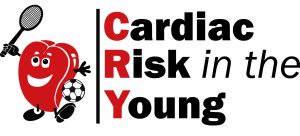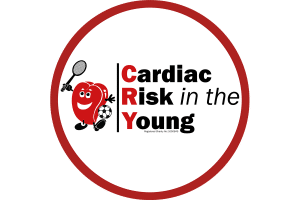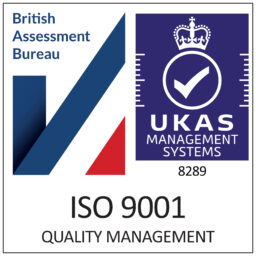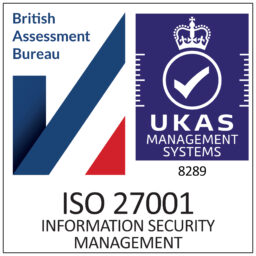Sudden Death Syndrome – SDS
Sudden Death Syndrome (SDS) is an umbrella term used for the many different causes of cardiac arrest in young people. CRY provides medical information on the most common causes of unexpected sudden cardiac death in the young (aged 35 and under). These conditions include thickening or abnormal structure of the heart muscle and irregularities of the electrical impulses that upset the natural rhythm of the heart.
Sudden Death Syndrome events are defined as non-traumatic, non-violent, unexpected occurrences resulting from cardiac arrest within as little as six hours of previously witnessed normal health.
It is often difficult to consider that someone who is apparently young and fit may be at risk. There have been a number of reported incidents of misdiagnosis culminating in a tragedy that could have been avoided.
Sporty youngsters stress their hearts the most. If they have an underlying cardiac abnormality they are more likely to be at risk. Sport itself does not lead to cardiac arrest but it can act as a trigger for a young person to die suddenly, by exacerbating an undetected condition.
In the UK, unexplained “sudden death” is frequently recorded as due to natural causes. Experts believe that most of these deaths are due to Sudden Death Syndrome. Until the law is changed and coroners have to refer hearts on to specialists we will not know the true figures.
There is a simple way to diagnose most of the abnormalities that can lead to sudden death. This is by having an ECG (electrocardiogram) test.
The test is quick, painless and affordable. For extra clarity an echocardiogram (ultrasound scan of the heart) can be taken if necessary.
We recommend ECG screening if there have been any young sudden deaths in the family, or if a young person is suffering from symptoms of:
Chest Pain (Exercise related)
Breathlessness
Palpitations
Dizziness
Fainting
CRY Patron David Walliams has ECG & Echo tests
CRY offers subsidised screening (£35 for an ECG) to young people in the UK between the ages of 14 and 35. This is through a number of clinics in the UK and also a mobile screening service.





